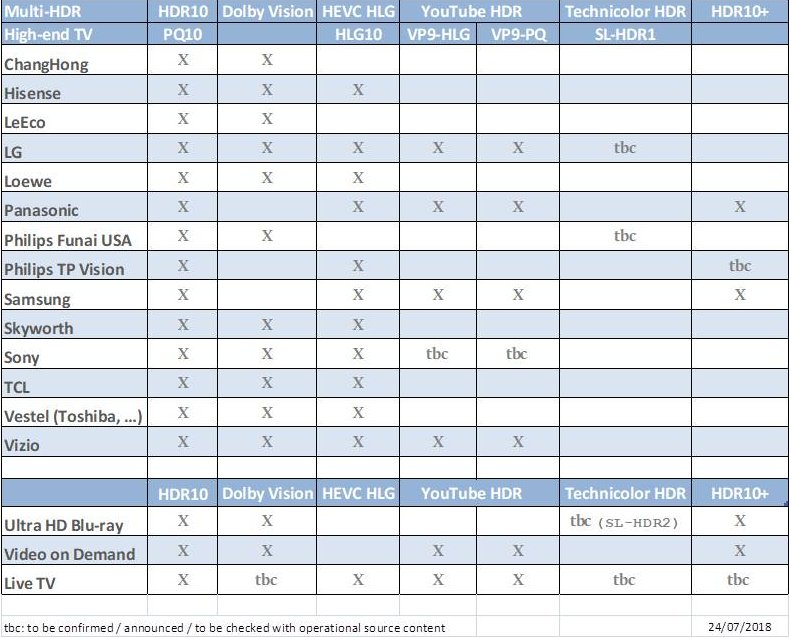
HDR Brethren:
I come to you with some questions I hope you can help resolve, geared towards anyone who may have some experience with Samsung UHD panels...
We finally got our UN65NU8000 up and running, and last night we watched our first Blu-ray Disc on it, Warner Bros.' Wonder Woman (running through an Oppo BDP-83 BD player and an Onkyo 605 AVR via HDMI to the new display) and the results were spectacular -- a sharp, bright, ultra-vivid, big image, especially in daylit sequences (running the set in Standard picture mode with no tweaks made to any settings save for turning off the Auto Motion algorithm to avoid the soap opera effect)...even my wife, who was skeptical about this new display "reinvigorating" our interest in the HT hobby, was BLOWN AWAY by the picture quality difference between this screen and our previous Sony SXRD RPTV. She was riveted to the screen when watching Wonder Woman last night.
However, this panel, like all displays sold today, has an overwhelming plethora of advanced settings to go through, most of which are confusing the hell out of me after coming from a basic 1080p rear projection set; I can go into each of these individually at some point on the forum here when I get around to it, so some members may be able to assist me with setting them, but my main concern is the HDR+ feature of the new Samsung we purchased based on something a memeber mentioned to me over in the LCD section of the forum when I asked about it...
It seems my panel has what's called an "HDR+ mode," which I assumed was for turning on when watching 4K/UHD sources that are encoded with HDR...from what I read on a Samsung information forum, this is actually just an "effect" that can be added like a post-processing algorithm, and that the displays themselves AUTOMATICALLY apply HDR when viewing any kind of content...does anyone know if this is true? The HDR+ function in my display allows the user to toggle ON or OFF, but when I tried toggling this ON when watching my cable box input (HDMI), it made the screen horrifically dim and dull (from what I also read, if HDR+ is turned ON, I must then go into the Dynamic Contrast menu and switch that to HIGH or something, while also switching the color temperature back to NORMAL, as HDR+ changes this to WARM I think)...
Does any of this make sense? Should HDR+ in the Advanced Settings menu of my display be ON or OFF? Keep in mind that right now, we are using a standard BD player to send a 1080p signal to the new UHD TV, which is then upscaled to its native resolution of 4K (supposedly)...would HDR+ be best on or off?
Last edited by IntelliVolume; 07-25-2018 at 07:42 PM.
|



























 Linear Mode
Linear Mode

